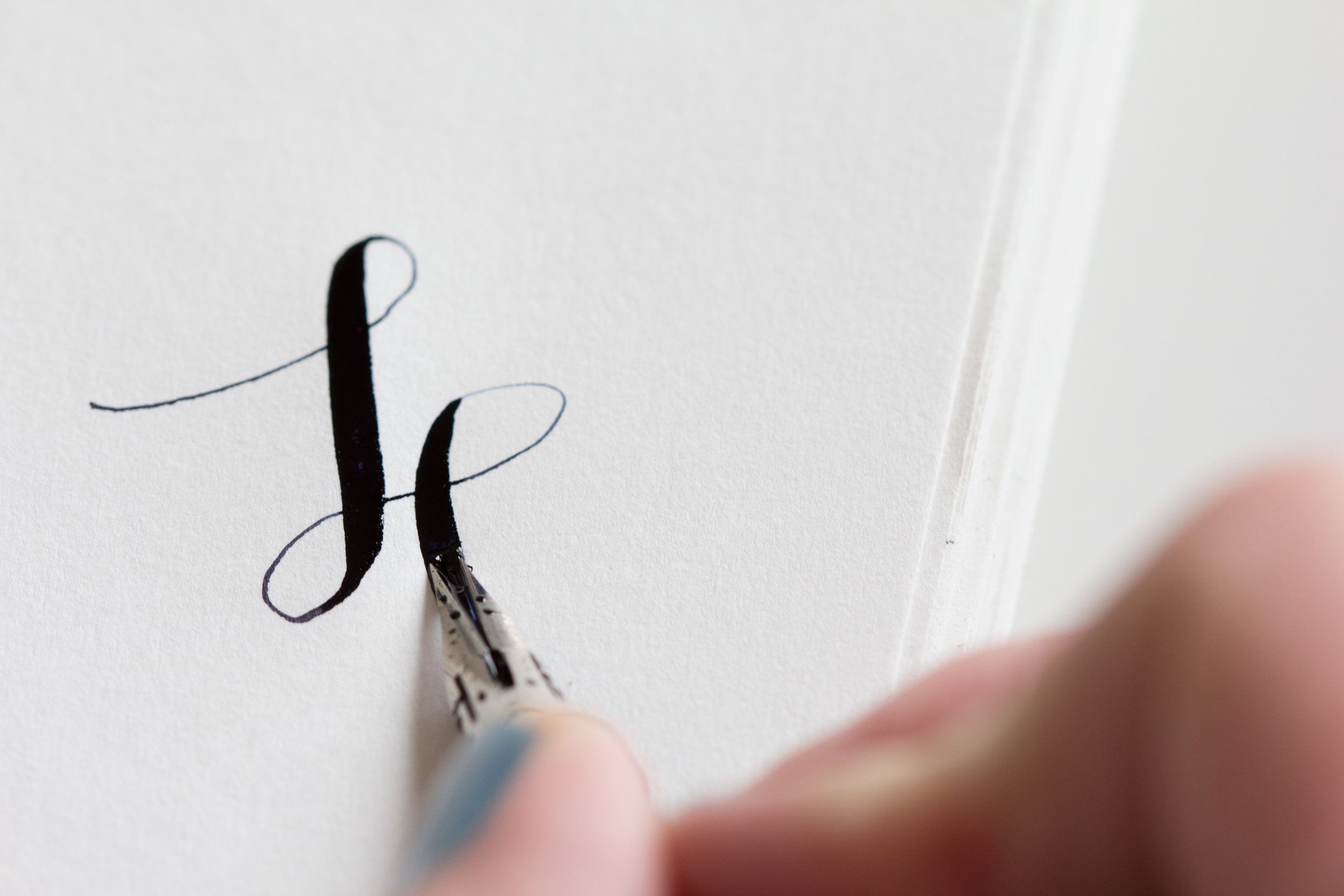“Modern vintage” flex fountain pens that work.
If you want a fountain pen that gives you high performance writing capability, and you don’t want to be anchored to an inkwell, or spend huge amounts of money, and you don’t want to feel bad about accidentally breaking a vintage pen, this is your best compromise.
As a fountain pen user interested in flexible writing, I scoured the market for years to find that there is no single, perfect, stainless steel option. As of this writing (2018) there are still no ideal options. Here are the [updated since 2014] options I did find:
Most common:
-
An inexpensive modern incarnation of a stainless steel flex pen.
I love the company that makes these. Know who I’m talking about? What’s the problem? Performance. Compared to what dip nibs or flexible gold nibs can do, the same flexion requires a lot of pressure, or extensive user modification, but–though I’ve seen good results–it is a time consuming, and potentially frustrating process for someone primarily interested in writing and not tinkering/modifying/engineering. I’ve been there, done that, and threw in the towel. Personally, I’d much rather build something that I want rather than try to modify something else.
Second most common option:
-
Vintage flex pen.
These can work quite well, but their main issue stems from being both out of production for a long time, and being, de facto, in low supply, and as such, they can be very expensive. Especially the good ones. They are also often highly demanded by collectors, driving the price up further. Because parts are no longer made, if you drop or break it, most likely the only way to have it serviced is to send it to one of a small few reputable pen repairers. You pay for that specialty, and the lead time for such repairs can be huge (I’ve heard 8 months quoted). And knowing this, you have to treat the pen with kid gloves. This might not be something you want.
Furthermore, let’s suppose you decide to buy a vintage pen, you have three options:
-
Go to a reputable dealer (of which there are several) and pay for a hand-picked, refurbished or repaired fountain pen that does exactly what you want to be able to do, and pay the premium price.
-
You can go to an auction platform, and, hoping to find a bargain, start buying vintage pens sight-unseen until you find your gem. And once you’ve found it, sell off the ones you didn’t want.
-
Start going to estate sales, garage sales, and old stationery stores hoping to find your new favorite pen.
I did all of those things, and at the end of the day, I found some pens that I was happy about, but I also burned a lot more money and time than I am comfortable admitting.
I figured I couldn’t be the only person who didn’t like that route, so I started this business hoping you’d appreciate the chance to avoid that hassle.
Recent option:
-
A modified permanent nib.
When I say “permanent nib”, I mean nibs made of non-consuming materials, so stainless steel or gold.
There are a few craftsmen/artisans/nibmeisters/geniuses who have become adept at taking existing non-flex permanent nibs and modifying them (cuts, grinds, reshaping, etc.) through dark magic to achieve increased flexibility.
Source: Desiderata Pen Company








